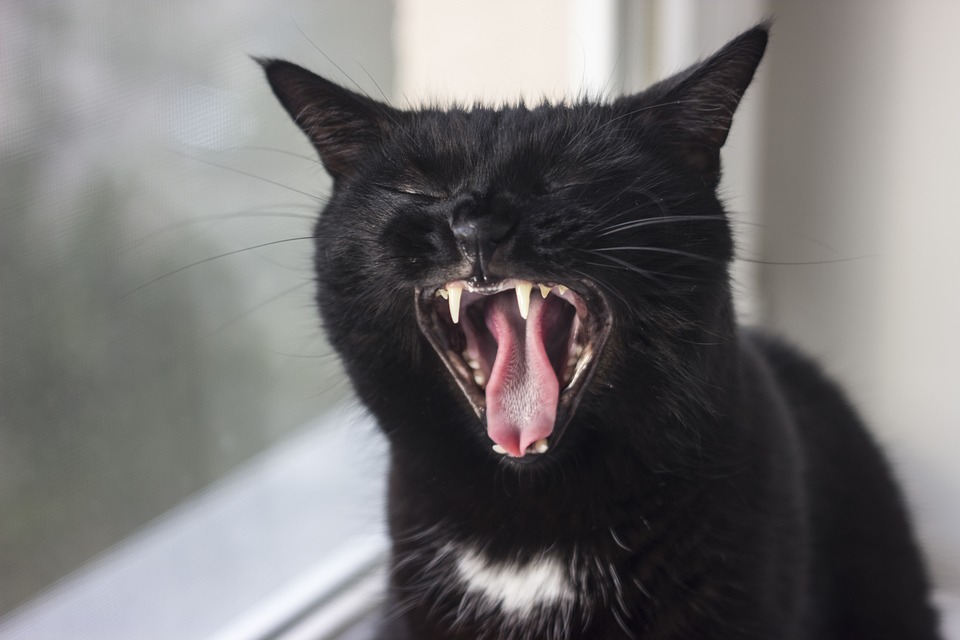The Treasury has had to reassure voters that its pet cat (aka the Chief Mouse Catcher) doesn’t cost taxpayers any money.
What it means: British governments pay for lots of important things, from schools to hospitals, to roads to national defence. That spending adds up: to about £809 billion in 2017. But as Prime Minister Theresa May likes to hammer home, there are no magic money trees for the government to get this money from.
Instead, the government gets almost all - 93 percent to be precise - of its revenue (spending money) from taxes. (The remaining 7 percent comes from from selling stuff the government owns, like the Royal Mail service, or from borrowing money and going into debt).
The British government also does most of its work in old buildings, which have a bit of a mouse problem. So it “hired” three cats, called Larry (Chief Mouse Catcher of Number 10) Palmerston (Chief Mouse Catcher of the Foreign Office) and Gladstone (Chief Mouse Catcher of the Treasury). But British taxpayers want their money to be spent in ways they approve of, and some were annoyed at the possibility of their funds being frittered away on feline employees who are often accused of catnapping on the job.
The Treasury has now announced that Gladstone, at least, costs the taxpayer nothing at all. (Which is just as well, considering Gladstone has been dubbed the “most pampered cat in Britain”.) His food, toys and catnip is paid for by staff and visitor donations. Cat-astrophe averted.
Read our explainers on government spending and tax.

